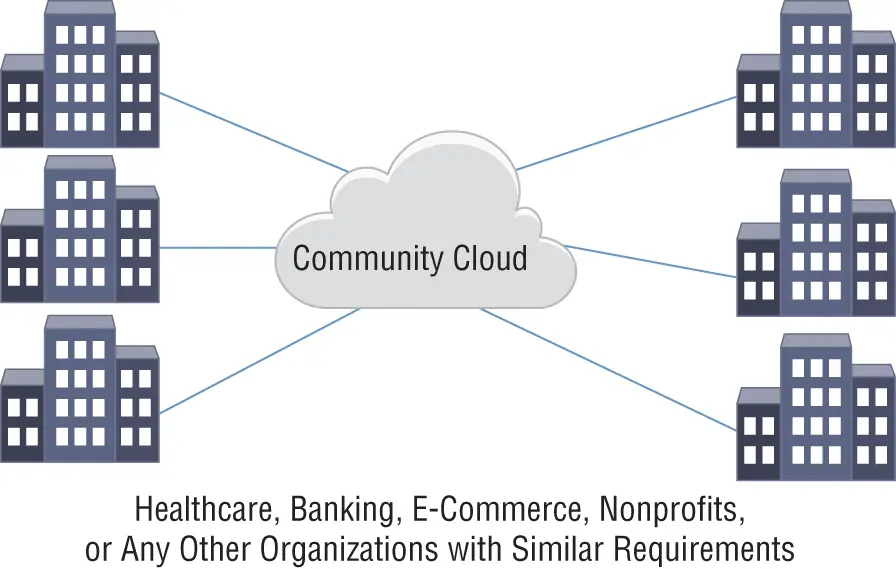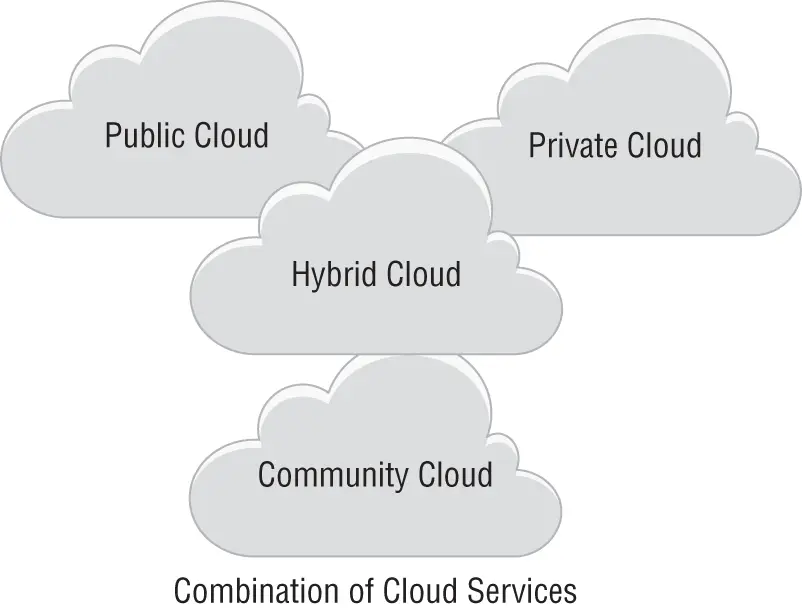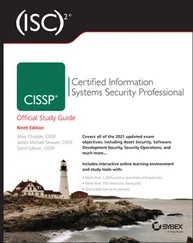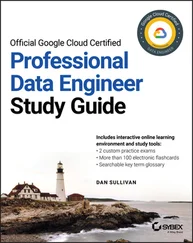Desktop as a Service (DaaS) provides virtual desktops that consumers can access remotely via desktop or laptop computers, mobile devices, or thin clients. This solution is sometimes called virtual desktop infrastructure (VDI) . All desktop applications are hosted in the cloud and can consist of any type of application, such as spreadsheets, word processing, and any other common application. You choose what software to install. The DaaS provider manages all maintenance and configurations as well as licensing and version updates. DaaS is an example of the PaaS model.
Business Process as a Service
Business Process as a Service (BPaaS) is a specialized area that outsources many of a company's day-to-day operations such as inventory, shipping, supply chain, finance, and many other services to the cloud. This allows for small and medium-sized businesses to access sometimes very expensive applications from a BPaaS service provider that pools its resources and allows for economies of scale in providing these services. BPaaS is another instance of the SaaS model.
Anything as a Service (XaaS) could best be described as offering complete IT services as a package. XaaS is the combination of the services described in this section. It is a broad term that is a catchall of the various service offerings.
Cloud Reference Designs and Delivery Models
The cloud computing industry has created reference designs and delivery models to help differentiate between cloud offerings in the marketplace. By understanding the types of models, you can get the big-picture overview of the overall scope of cloud computing. This section will introduce the cloud models, and then in Chapter 2, I will expand on each one. These are the four primary cloud delivery models:
Public
Private
Community
Hybrid
The primary focus of the Cloud+ certification is the public cloud , which is the most common delivery model deployed. The public cloud is designed for use by the general public. This is the utility-based pay-as-you-go model. Figure 1.10illustrates a basic public cloud deployment.

FIGURE 1.10 Public cloud
A private cloud is for the exclusive use of a single organization, but it may be used by many units or entities inside a company. Figure 1.11illustrates a basic private cloud deployment.

FIGURE 1.11 Private cloud
Some people have misappropriated the term private cloud to apply to a data center, but this is incorrect. In order to be a private cloud, it has to have the same sort of automation-powered self-service facilities as a public cloud. A traditional data center is not a cloud.
Community clouds are offered for a specific community of interest and shared by companies with similar requirements for regulatory compliance, security, or policy. Examples include clouds designed for medical, financial, or government organizations that all share common use cases or require standardized architectures. Figure 1.12shows an example of a common community cloud deployments.

FIGURE 1.12 Community cloud
A hybrid cloud is what you get when you connect multiple cloud infrastructures that may or may not be of the same type (public, private, or community). For example, a dentist's office may use the public cloud for its email and office applications but also connect to a community cloud shared by other dentists to access an application for storing patient records. Figure 1.13shows examples of hybrid computing.

FIGURE 1.13 Hybrid cloud
When you use multiple cloud providers redundantly, it's called a multicloud deployment. Multicloud deployments are common when there's a need to avoid the unlikely failure of an entire provider, or to avoid cloud provider lock-in.
Colloquially, a hybrid cloud may also refer to connecting cloud-based resources to a data center or office. Although technically this isn't a hybrid cloud, understand that this is actually what most people mean when they use the term.
Introducing Cloud Concepts and Components
Cloud deployments make heavy use of on-demand self-service provisioning, resource pooling via virtualization, rapid elasticity, and a metered or pay-as-you-go pricing model. In this section, we will discuss some common cloud concepts and components.
The term application is broad, but it usually refers to the software that an organization's end users interact with. Some examples include databases, web servers, email, big data, and line-of-business software applications.
Automation plays a critical role in modern cloud services. Cloud providers employ proprietary automation software that automates the deployment and monitoring of cloud resources, including network, storage, and compute. Automation makes rapid deployment and teardown possible, and it gives users granular control over their cloud usage.
Simply put, the cloud services that run your applications fall under the category of compute . People often think of compute as just virtual machines running in the cloud, but this is only half the story. Compute may refer to one of two things: IaaS virtual machines, or so-called serverless computing.
IaaS Compute may refer to an IaaS service that lets you provision virtual machines, storage, and networking resources in the cloud.
Serverless/FaaS Compute can also refer to what the marketers call serverless computing and what the technophiles call function-as-a-service (FaaS). In this model, the cloud provider hands you a slick interface into which you can upload your own application code written in a variety of programming languages, and the cloud provider executes it on compute infrastructure that they fully manage. This model obviates the need to provision virtual machines. Instead, the cloud provider handles the compute infrastructure, so all you have to do is deal with the application code. FaaS is a type of PaaS offering.

I've never figured out why it's called compute instead of the more familiar computing . My best guess, however, is that it's to distinguish the cloud model from the data center model. The term compute is used almost exclusively of cloud infrastructure.
Cloud providers offer most of the traditional networking functionality that you would find in a data center. The difference is that in the cloud, the networking functions provided by traditional firewalls, routers, switches, and load balancers are implemented in the provider's proprietary software. The upside of this approach is that it allows the provider to achieve high availability for these core networking functions.
Читать дальше

















